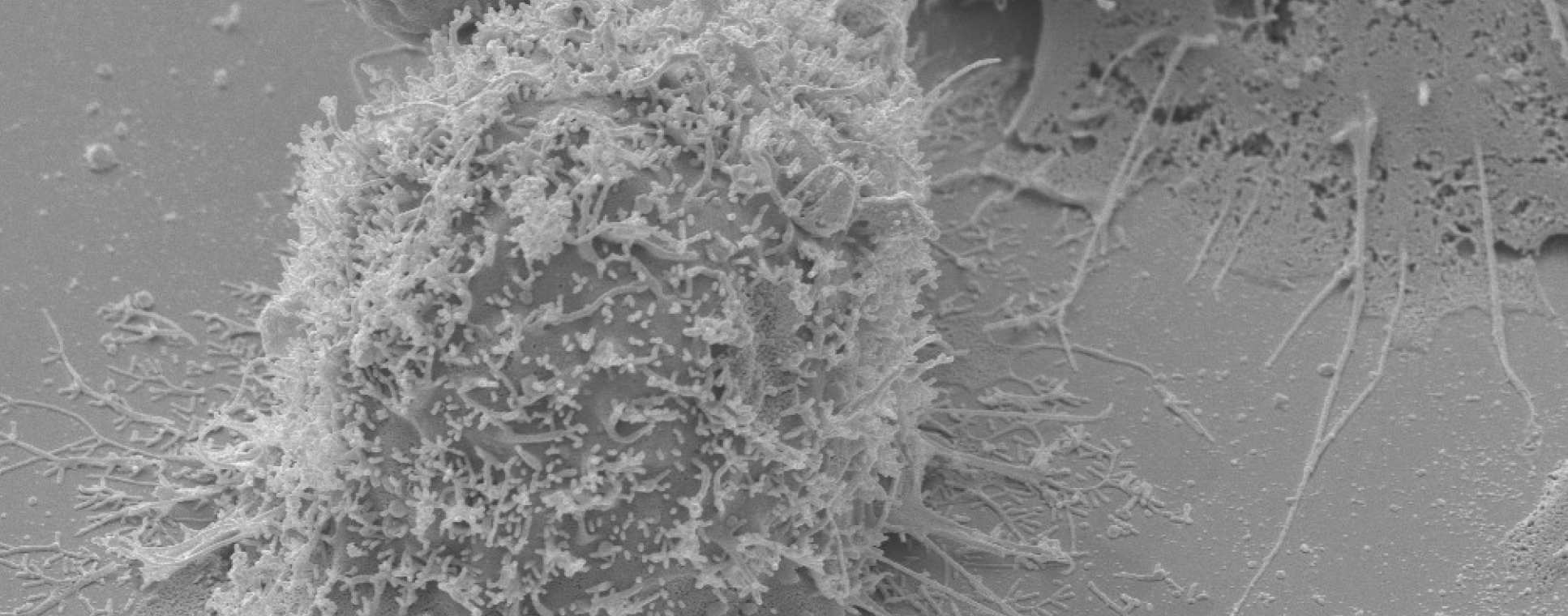Research

Influenza virus polymerase
As a negative sense single stranded RNA virus, influenza encodes its own RNA dependent RNA polymerase which carries out both transcription and replication (via a complementary RNA (cRNA)). This polymerase complex is made of the PB1, PB2 and PA subunits. Unlike many other RNA viruses, influenza polymerase operates in the nucleus of the host cell. Incoming viral genomes are imported into the nucleus via the importin pathway. Influenza polymerase is an efficient transcriptional machine, once in the nucleus transcription to generate viral mRNAs occurs. This process is closely associated with cellular PolII where the virus cap-snatches from capped host mRNAs, resulting in viral mRNAs that mimic cellular mRNAs and hijack the cells translational machinery. Replication of the viral genome from a cRNA template requires trans-activation by a newly generated polymerase complex. Newly copied viral genomes are actively transported out of the nucleus via the viral M1, NEP and the exportin CRM1, and are finally packaged into new virions at the cell surface.
Host restriction of the Influenza A virus polymerase
As described above, influenza polymerase is dependent on cell host factors to function. When influenza viruses switch host species the cellular landscape is so different that the virus must adapt to co-opt or evade new host cell factors it encounters. Indeed, influenza polymerases derived from birds do not function in mammalian cells. We discovered that host factor ANP32A underlies this restriction. In chicken cells, ANP32A has an extra 33 amino acid duplication in its central domain that is lacking in mammalian cells. Influenza virus must adapt to co-opt this shorter version of ANP32A or family member B, and does so by selecting amino acid mutations in its PB2 gene such as E627K.
Our lab is now seeking to understand the exact mechanism that underlies this host restriction by ANP32 proteins. There are also other mutations that avian influenza viruses select in the polymerase when they adapt to human cells. Are they also adapting to human ANP32 proteins, or are there other host factors involved?
Pandemic Influenza
At several times in the 20th and 21st Century, influenza has emerged from animals to cause a human pandemic. Can we understand the changes in viruses that allow them to emerge and cause pandemics? To answer this question, the Barclay lab is focusing on the 1968 influenza pandemic as a model. The pandemic was caused by an H3N2 virus which still causes human disease each year today. We are looking at the mutations that allowed the virus to jump from animals into humans. Which are the key mutations? Can we trace how the different mutations interact with each other? We are replaying evolution in order to understand the specific conditions necessary for a pandemic to evolve. Our research also looks at why viruses are more pathogenic at the start of a pandemic and we are seeking to discover how the influenza virus changes from a pandemic virus to a seasonal virus.
If we discover the steps necessary for a virus to become a pandemic, it may help us understand the potential for current influenza viruses to cause future pandemics.
Antiviral Drug Resistance
The Barclay lab is also studying how influenza evolves resistance to antiviral drugs. Although vaccines are the best defence against influenza, antiviral drugs are still important to treat people with severe influenza and would be needed at the start of a pandemic before it would be possible to create a vaccine. The Barclay lab seeks to learn how the influenza virus becomes resistant to antiviral drugs which may soon be licensed in the clinic such as favipiravir. How does resistance evolve? What are the trade-offs associated with resistance and will they affect transmission of the virus? Studying the mechanism of resistance will teach us more about how these drugs work and also may reveal novel influenza biology.


